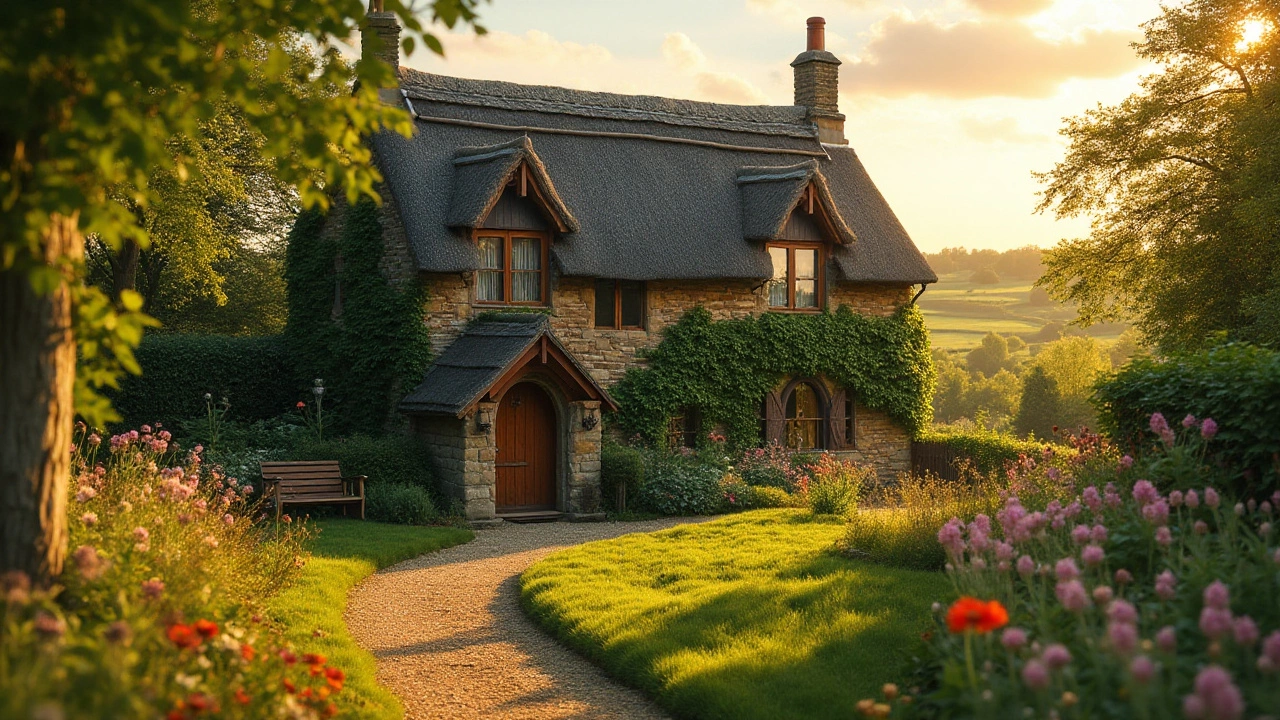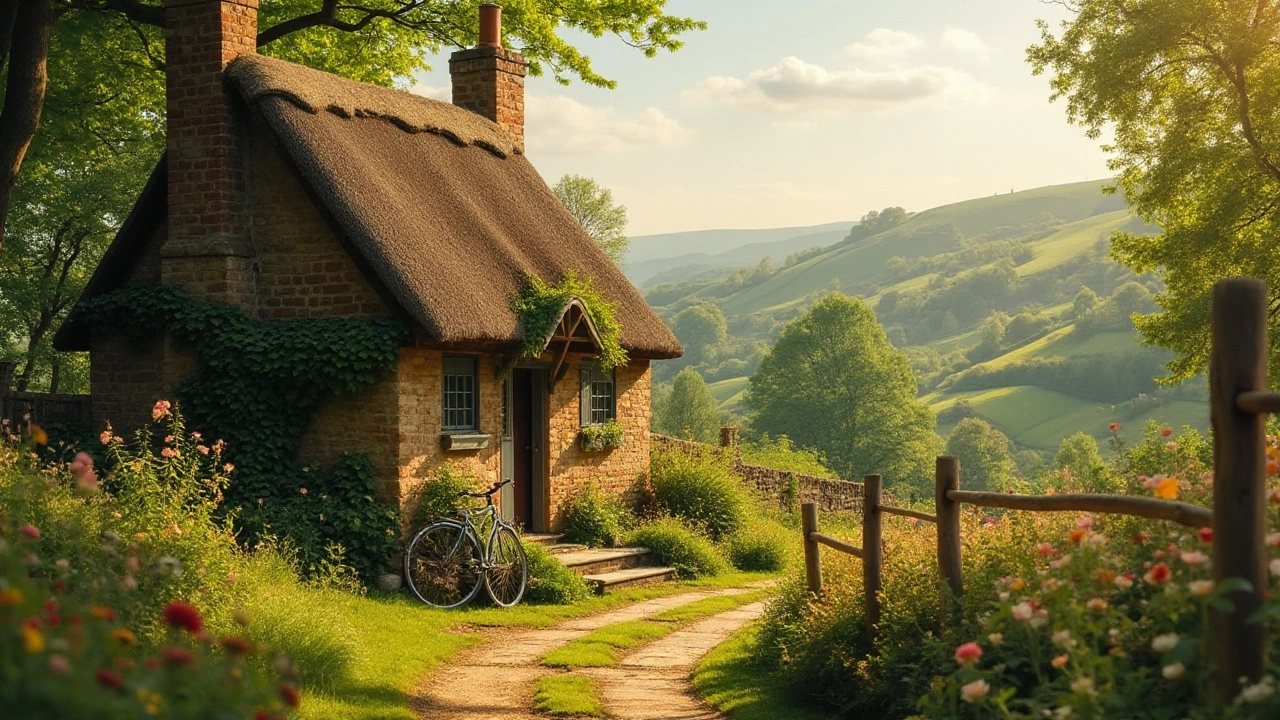Cottage Design: Simple Tips to Make Your Retreat Feel Like Home
If you’ve ever walked into a cozy cottage and felt instantly relaxed, you know that good design does more than look pretty – it shapes how you live. Whether you’re buying a historic stone cottage, renovating a garden bungalow, or building a new eco‑friendly hideaway, the right design choices can turn a simple house into a true sanctuary.
How to Choose a Cottage Design That Fits Your Life
Start by thinking about daily routines. Do you need a big kitchen for family meals, or a separate workspace for remote work? List the rooms you actually use and rank them by importance. That list becomes the backbone of your floor plan – the bedroom stays quiet, the living area gets the most light, and the bathroom sits conveniently near the main sleeping spaces.
Next, look at the site. A cottage on a hill benefits from a staggered layout that follows the slope, while a flat plot allows a more compact arrangement. Use natural features – a mature oak, a sunny corner – as focal points. Align windows and doors to capture those views and let breezes flow through.
Don’t forget storage. Cottages often have quirky nooks, lofts, or under‑stair cupboards. Planning built‑in shelves or attic spaces early saves you from cramming things later. A tidy, well‑planned storage area keeps the cottage feeling spacious even when the house is small.
Top Design Trends for Cottages in 2025
Today’s cottage lovers are mixing old‑world charm with modern comfort. Exposed timber beams, stone hearths, and reclaimed doors stay popular, but they’re paired with sleek fixtures – matte black faucets, flat‑panel doors, and energy‑efficient windows. This blend creates a look that feels both timeless and fresh.
Open‑plan living is another big trend. Knocking down a wall between kitchen and living room opens up space, improves light, and encourages family interaction. If you love privacy, consider a sliding barn door that can close off a room when needed.
Sustainability matters more than ever. Homeowners are choosing locally sourced timber, low‑VOC paints, and insulated walls that meet the Future Homes Standard. Adding a small solar panel array or a heat‑pump system not only cuts bills but also adds to the cottage’s eco‑friendly story.
Finally, colour palettes are shifting toward soft, nature‑inspired hues – muted greens, gentle greys, and warm creams. These tones echo the surrounding landscape and keep the interior feeling calm. Add a pop of colour with cushions, rugs, or a painted accent wall for personality.
Putting it all together, a successful cottage design balances function, site‑specific features, and current trends. Sketch a basic layout, match it to your lifestyle, and sprinkle in timeless details with modern upgrades. The result is a cozy, efficient space that feels like it’s always been yours.
Ready to start planning? Grab a notebook, walk around your plot, and note the views, sun angles, and existing structures. From there, draft a simple floor plan, pick a style you love, and let the cottage design process unfold step by step.
The Origins and Charm of Cottages: History and Modern Appeal
Cottages, with their quaint charm and cozy appeal, have a history as rich as their character. Originally, the term 'cottage' referred to small rural homes with a unique architectural style that varied locally. Today, they are sought after for vacation rentals, retaining their allure by encapsulating simplicity mixed with a sense of nostalgia. Whether nestled in the countryside or perched by the sea, cottages offer a unique escape from modern life.
Understanding Cottage Floors: How Many Levels Do They Typically Have?
Cottages, often known for their cozy and quaint design, typically feature one or two floors. While single-story cottages provide a traditional look, adding a second story can offer stunning views and additional space. Many factors like regional architecture, personal preferences, and functionality influence the decision on the number of floors. Discover insights into how the number of floors affects a cottage's charm and practicality.

